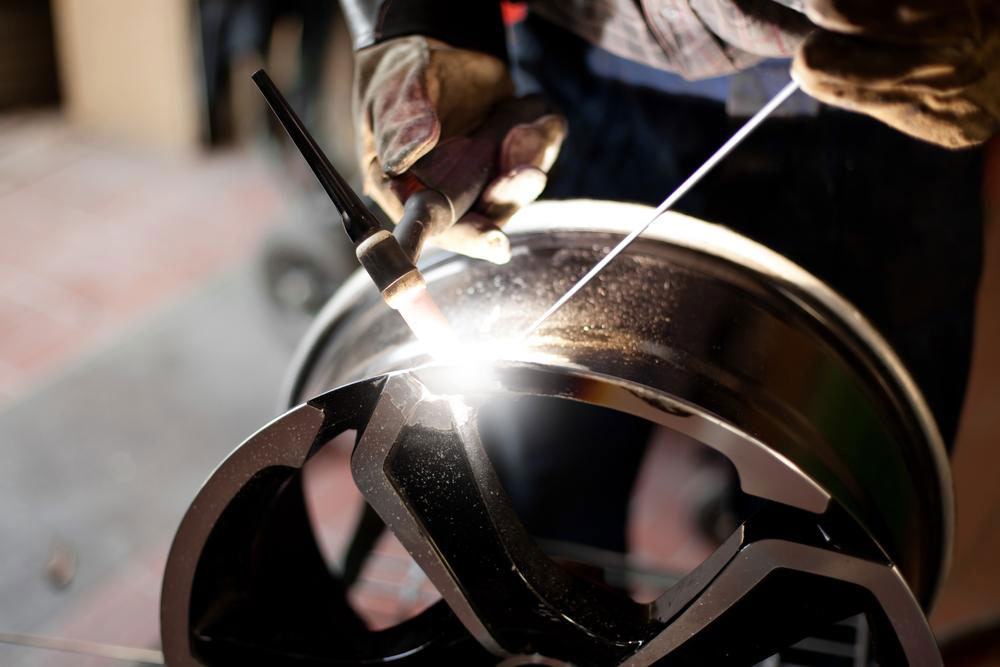A short primer on welding equipment
Welding is a process which uses heat to join two pieces of metal together. There are many welding techniques and different types of welding machines. You need to consider a lot of factors before choosing your welding equipment.
Welders
Welders are the equipment used to join metals together. They generate intense heat that melts the metals at the joint lines and can be used to produce a uniform joint of two or more metals with an extremely strong and smooth bond.
The welding equipment you choose depends on the type of metal you’re welding. Carbon steel needs high temperatures to melt while stainless steel does not require as much intense heat as carbon steel.

AC or DC welders?
Welders can work either on alternate current or direct current. DC welders are more expensive, but they come with a large selection of electrodes, making it possible to work with a wider variety of metals than AC welders.
Duty cycle
The duty cycle of the welding equipment indicates the duration for which it can run before it heats up and needs to be switched off to cool down for the next run. When you are working with thicker metals, you need welders with longer duty cycles.
Stick, TIG or MIG welders?
Stick welders use a consumable electrode to weld metals together and do not need a shielding gas to protect the weld. Instead, the electrode is coated with flux which melts and covers the weld, shielding it from impurities. This flux shield has to be chipped off after the welding process is over. Because it does not require a shielding gas, stick electrodes are a cost-effective choice for many professional welders.
TIG welders are highly sophisticated and use a non-consumable electrode to weld metals. The argon gas used in TIG welders can work with a wide variety of metals and TIG welding produces high-quality smooth welds. However, TIG welding is hard to learn and needs specialized training.
MIG welders are easy to use and can be used to manage a wide range of welding projects. They use a wire feeder to automatically feed in the filler metal, leaving both the hands free to control the welding torch. They are easier to handle and do not involve a huge learning curve before you can use them. MIG welders make use of shielding gas to protect the weld from impurities, producing a clean and smooth weld. However, the requirement of shielding gas and other factors increase their running cost.
Many other factors can influence your choice of welding equipment. You also need a lot of protective gear like a helmet with an auto-darkening feature to protect your head and face and shield your eyes. You need high quality heavy-duty protective gloves, and you need to be careful in your choice of clothing when you work.

